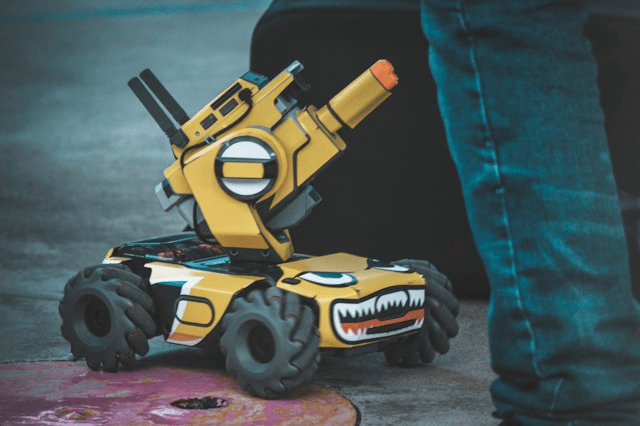Technology is everywhere, from the games kids play to the smart devices at home. One of the biggest changes shaping the world today is artificial intelligence, or AI. But what kids should know about AI is that it’s not some scary robot takeover it’s simply a tool that learns from information to help people in creative and useful ways.
This guide explains AI for kids in simple terms, with fun examples and ideas for learning more.
Why Kids Should Learn About AI
Artificial intelligence is already part of daily life, and it will only become more important in the future. Kids who understand AI early will be better prepared for school projects, future careers, and even using technology safely.
Most importantly, learning about AI sparks curiosity. Instead of being just a consumer of technology, kids can become creators who shape how AI is used in the world.
What Is Artificial Intelligence?
Artificial intelligence, or AI, is when a computer or machine can “think” and make decisions in a way that feels smart. Of course, computers don’t think like humans they follow patterns, rules, and data.
A simple way to explain AI to children is to compare it to learning. Just like kids practice reading, math, or sports to get better, AI systems practice with lots of examples until they can recognize things or solve problems.
Fun Examples of AI in Daily Life
AI for kids doesn’t have to sound complicated it’s already around them every day. Here are some easy-to-understand examples:
-
Voice assistants like Siri, Alexa, or Google Assistant that answer questions.
-
Video games, where non-player characters (NPCs) move and act like real opponents.
-
YouTube or Netflix recommendations, which suggest shows or videos they might enjoy.
-
Smart toys that recognize voices and respond with fun games.
-
Learning apps, like math or reading tools, that adjust lessons based on progress.
When explained this way, artificial intelligence becomes less abstract and more like a helpful companion in daily life.
How Does AI Work? (Explained Simply)
Think of AI as teaching a robot. If you wanted to teach a robot how to recognize cats, you would show it thousands of cat pictures. Over time, it would learn the patterns: whiskers, ears, tails, and meows.
This is called machine learning. AI learns from data just like kids learn from practice. The more examples it sees, the better it gets at recognizing or predicting something.
The Good Side ofAI
There are many positive ways artificial intelligence makes life easier and more exciting:
-
Helping doctors find illnesses faster.
-
Self-driving cars that could one day make roads safer.
-
Smarter video games with realistic characters and challenges.
-
Saving time by helping with homework or organizing schedules.
AI isn’t here to replace people it’s designed to work alongside humans.
The Challenges & Things to Be Careful About
While AI is powerful, it’s not perfect. Kids should also learn about its challenges:
-
Screen time can grow if kids spend too much time with AI-driven games or apps.
-
Privacy concerns mean kids should be careful about what personal information they share online.
-
AI mistakes can happen, like when a program misunderstands a question.
-
Human judgment matters because AI can’t replace empathy, creativity, or ethical choices.
Understanding these limits helps kids use AI responsibly.
How Kids Can Learn About AI
If kids are curious, there are plenty of fun and safe ways to start learning AI for children:
-
Coding platforms like Scratch, Tynker, or Code.org let kids build simple games and programs.
-
Google’s Teachable Machine is a fun tool where kids can train an AI to recognize images, sounds, or poses.
-
STEM activities in school often include basic robotics or programming.
-
Storybooks and videos about AI can make complex ideas easy to understand.
These resources encourage creativity while teaching how technology works behind the scenes.
The Future: How AI Might Shape Their World
As AI grows, it will shape the world kids live in. Future jobs might include AI teachers, AI-powered doctors, or creative designers working with AI to make art, music, and games.
What kids should know about AI is that it’s not about replacing people. Instead, it’s about helping humans do more and unlocking creativity. Human kindness, imagination, and problem-solving will always be important AI is just another tool to help.
Conclusion: AI Is a Tool, Not a Replacement
Artificial intelligence explained simply is just this: computers learning to be helpful by recognizing patterns. For kids, understanding AI is like learning another subject fun, practical, and full of potential.









